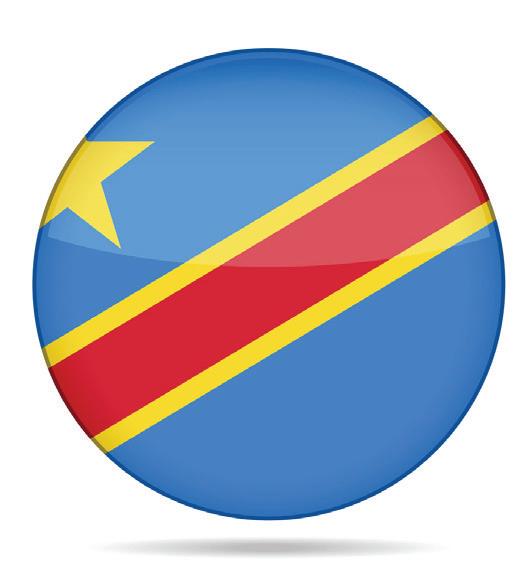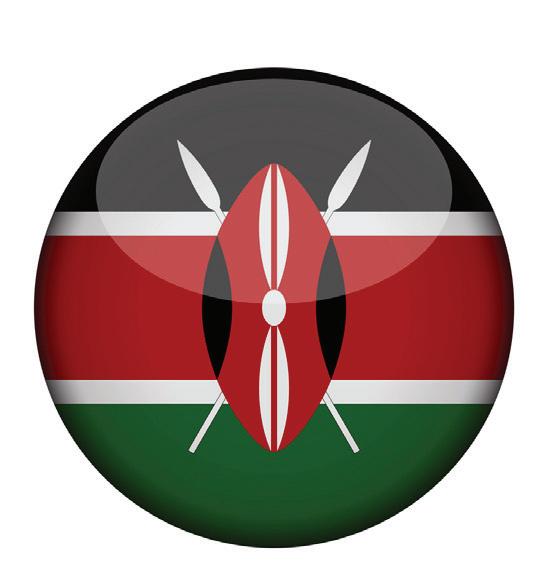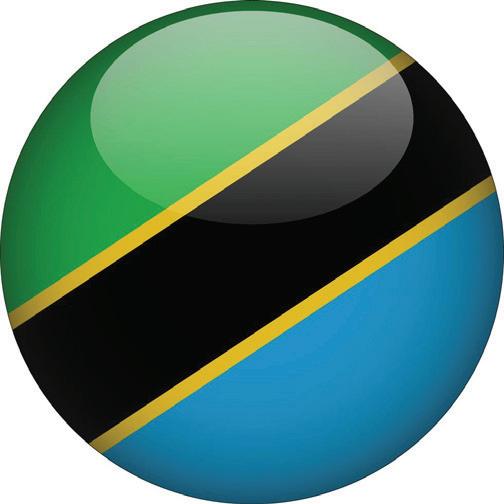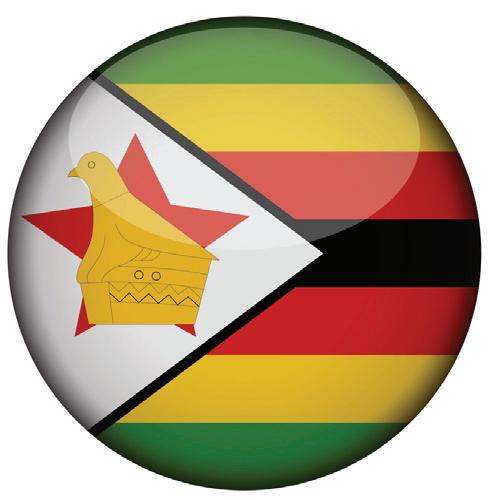
2 minute read
Constitutionalism And Elections


Equality and freedom from discrimination (article 27).
Women and men have the right to equal treatment, including the right to equal opportunities in political, economic, cultural and social spheres.
Membership of the Senate (article 98).
The Senate consists of:
(b) Sixteen women members who shall be nominated by political parties according to their proportion of members of the Senate elected under clause (a) in accordance with Article 90;
Promotion of representation of marginalised groups (article 100).
Parliament shall enact legislation to promote the representation in Parliament of (a) women; (b) persons with disabilities; (c) youth; (d) ethnic and other minorities; and (e) marginalised communities
United Republic of Tanzania
Members of the National Assembly. Part II
Article 66.
The members of national assembly shall be composed of:
(a) Members elected to represent constituencies;
(b) Women members being not less than thirty per centum of all the members not more than ten members shall be appointed by the President and, at least five members amongst them shall be women;

Republic of Zimbabwe
Article 17. Gender balance
The State must promote full gender balance in Zimbabwean society and in Particular:
(a) The State must promote the full participation of women in all spheres of Zimbabwean society on the basis of equality with men; (b) The State and all institutions and agencies of government at every level must take practical measures to ensure that women have access to resources, including land, on the basis of equality with men;
(c) The State must take positive measures to rectify gender discrimination and imbalances resulting from past practices and policies;
(d) The State must take all measures, including legislative measures, needed to ensure that:
(i) Both genders are equally represented in all institutions and agencies of government at every level; and
(ii) Women constitute at least half the membership of all Commissions and other elective and appointed governmental bodies established by or under this Constitution or any Act of Parliament. Activity 9: Conclusion
Objectives:
Time Needed After this activity, the participants will be able to:
Be able to elaborate all the content of the Module and contextualize it to their home countries.
Know the different legal instruments available for women’s rights
30 Minutes
Methodology
Materials Facilitator presentation and group discussion
Flipchart, markers and paper
Steps
The facilitator may start by reminding the participants the content and activities covered under the Module.
The participant will be asked to elaborate what they acquired from the beginning of the Module.
The facilitator may ask the participant to contextualize the content of the Module to their home country and give the implication of UNSCR 1325, CEDAW, the Maputo protocol and BPFA in their country.
The facilitator tries to make sure that the content of the Module is retained and contextualized to the participants’ home country.
At this juncture, the facilitator may prepare an assessment questionnaire to make sure that the participants gained enough knowledge of the international legal framework about women’s political participation.







